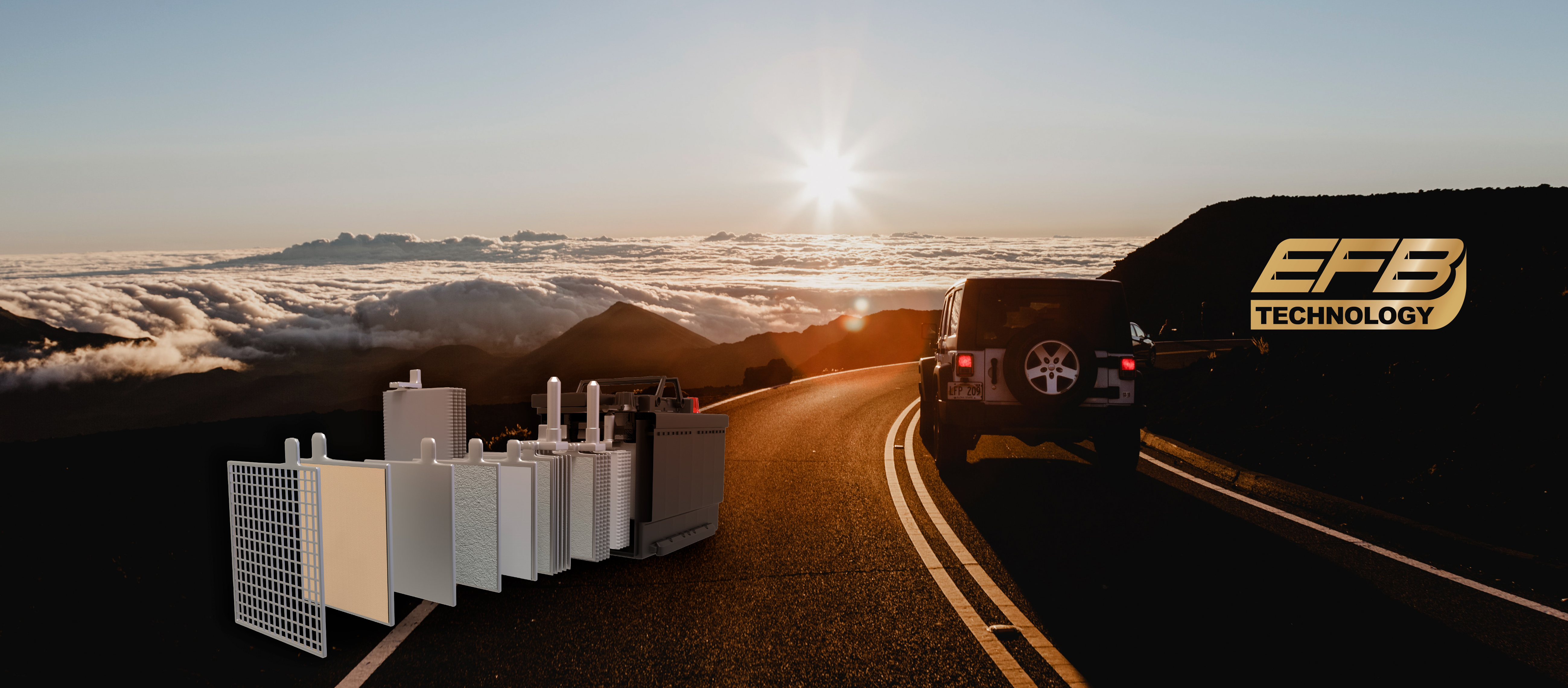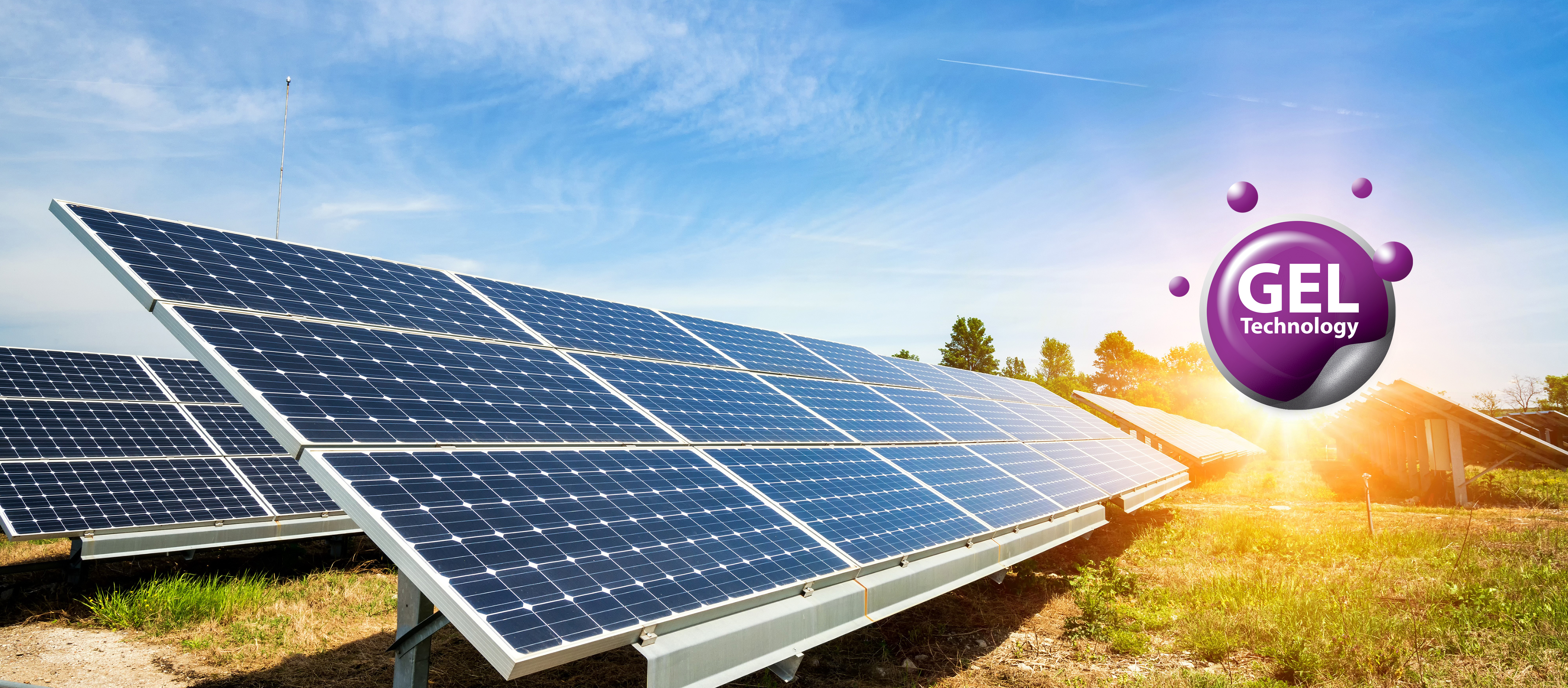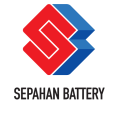Micro Hybrid & Hybrid Vehicles and Start-Stop technology
The environmental limitations and pressures on vehicle manufacturers to decline their vehicle CO2 emissions and improve fuel economy have now been reinforced with EU Legislation due to increasing global warming issues.
To meet the increasing environmental challenges, OEM have developed different solutions to help drivers save fuel and decrease CO2 emissions.
As a result of mentioned challenges,, the following initiatives require changes in battery technology to support their implementation:
- Initial Start-Stop systems, switches off the engine when the vehicle is stationary. The engine is restarted automatically by releasing the brake pedal and depressing the accelerator pedal or clutch pedal dependent on transmission type. This option could be manually switched off.
- Increases the number engine starts the battery has to deliver as well as supporting all of the electrical loads on the vehicle while the engine is stopped and the vehicle charging system is not operating.
- Various vehicle manufacturers state that, on their standard European drive cycles a typical fuel saving of up to 8% can be achieved by the installation of a Start-Stop system.
Battery has a vital role in the car and gives energy to operate important functions-from the ignition to continuously operating vehicle electric systems. That is why the battery is at the heart of your car. The constant power for all these functions is provided by battery during the start-stop process. New technologies such as the Enhanced Flooded Battery (EFB) have been developed to achieve the new higher duty cycle requirements placed on the battery by OEM vehicle manufacturers.

EFB
EFB batteries are flooded type batteries with higher strengthened internal structure which are suitable for Start-Stop cars with 2 times longer cycle life, designed to meet the needs of latest OEM vehicles.
- Increased dynamic charge acceptance over Conventional batteries (+200%), because of improved design including special additives
- Increased cyclic life over Conventional batteries
Enhanced flooded battery technology offers a cost effective solution for Start-Stop vehicles.
To meet the growing needs for OEM specification EFB technology, SBIC has introduced EFB batteries in different battery types included 3 European (DIN) and 2 Japanese (JIS) battery sizes.
In addition to cars with Start-Stop technology, EFB batteries offer improved cyclic durability for vehicles with many starting times per day, such as those common to Police vehicles and taxis.

EFB
EFB batteries are flooded type batteries with higher strengthened internal structure which are suitable for Start-Stop cars with 2 times longer cycle life, designed to meet the needs of latest OEM vehicles.
- Increased dynamic charge acceptance over Conventional batteries (+200%), because of improved design including special additives
- Increased cyclic life over Conventional batteries
Enhanced flooded battery technology offers a cost effective solution for Start-Stop vehicles.
To meet the growing needs for OEM specification EFB technology, SBIC has introduced EFB batteries in different battery types included 3 European (DIN) and 2 Japanese (JIS) battery sizes.
In addition to cars with Start-Stop technology, EFB batteries offer improved cyclic durability for vehicles with many starting times per day, such as those common to Police vehicles and taxis.
Gel Technology
Gel technology is a type of VRLA (Valve Regulated Lead Acid) battery with a gel electrolyte; the sulfuric acid is mixed with fumed silica, which makes the resulting gel like. The gel in the battery offers high opposition to leakage and increased permanence with little maintenance and no need for watering.
Gel batteries do not need to be kept upright unlike flooded lead-acid batteries. Also gel batteries reduce the electrolyte evaporation and corrosion problems in comparison with wet cell battery. They have greater resistance to vibration and shock too.
Gel batteries can be used in off grid solar power and wind power installations as an energy storage bank.
VRLA batteries can also be used in the uninterruptible power supply (UPS) as a back up when the electrical power goes off.
VRLA gel batteries offer several advantages compared with flooded lead–acid batteries; for instance:
When working a discharge cycle, a lead-acid battery should be kept at a depth of discharge (DOD) of less than 50%; a Lead-acid deep-cycle battery can be taken to a lower DOD.

Gel Technology
Gel technology is a type of VRLA (Valve Regulated Lead Acid) battery with a gel electrolyte; the sulfuric acid is mixed with fumed silica, which makes the resulting gel like. The gel in the battery offers high opposition to leakage and increased permanence with little maintenance and no need for watering.
Gel batteries do not need to be kept upright unlike flooded lead-acid batteries. Also gel batteries reduce the electrolyte evaporation and corrosion problems in comparison with wet cell battery. They have greater resistance to vibration and shock too.
Gel batteries can be used in off grid solar power and wind power installations as an energy storage bank.
VRLA batteries can also be used in the uninterruptible power supply (UPS) as a back up when the electrical power goes off.
VRLA gel batteries offer several advantages compared with flooded lead–acid batteries; for instance:
When working a discharge cycle, a lead-acid battery should be kept at a depth of discharge (DOD) of less than 50%; a Lead-acid deep-cycle battery can be taken to a lower DOD.

